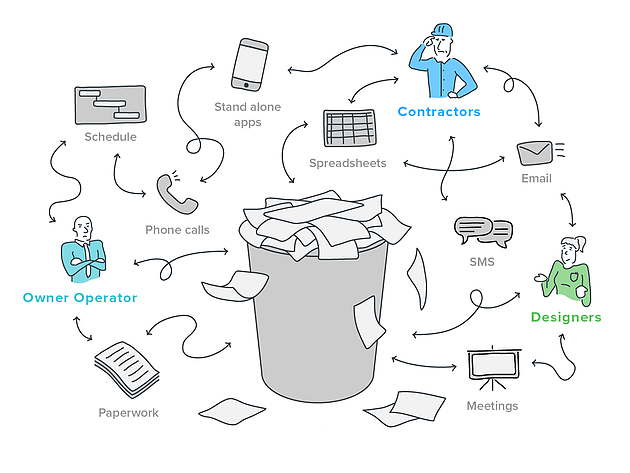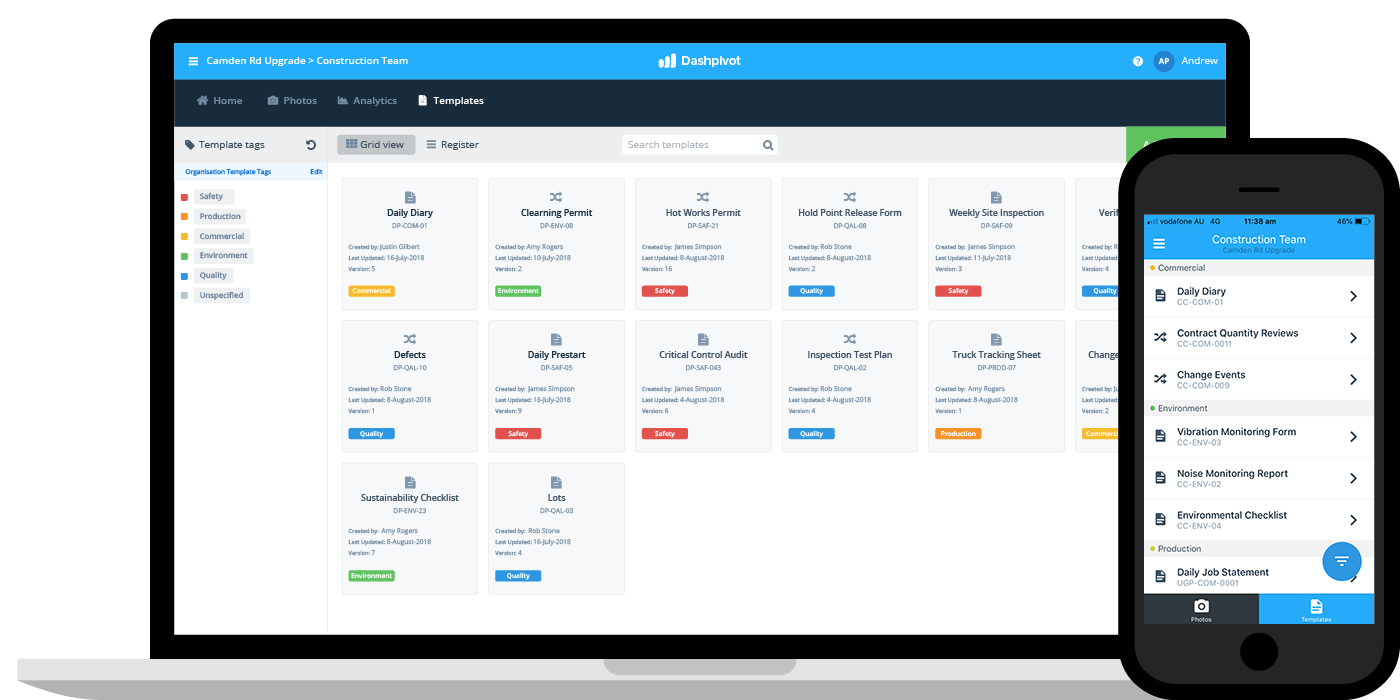Reliable Construction Document Management Solutions for each Task
Reliable Construction Document Management Solutions for each Task
Blog Article
Optimizing Project Cooperation: Architect's Best Practices in Building And Construction Document Monitoring
In the complex realm of architectural projects, the efficient administration of construction papers stands as a foundation for success. Engineers, with their careful interest to detail and cutting-edge design options, are charged with managing a harmony of sources, timelines, and stakeholders. Among this complexity exists an essential concern: just how can architects enhance cooperation procedures to improve project results? By discovering key techniques such as leveraging cloud-based systems, establishing durable communication protocols, and ensuring information protection, engineers can raise their document administration practices to new elevations.
Leveraging Cloud-Based Platforms
By transitioning from traditional paper-based systems to shadow remedies, designers can simplify partnership, improve document availability, and boost total task effectiveness. This ease of access promotes seamless interaction and control amongst task stakeholders, leading to less errors and delays in the construction process.
Additionally, cloud-based systems supply a safe atmosphere for saving delicate task info, offering encryption, normal backups, and individual consent setups to shield data honesty. Architects can also profit from the scalability of cloud remedies, enabling them to change storage capability and capability based upon project needs. On the whole, leveraging cloud-based platforms empowers engineers to maximize their construction file management processes, driving higher partnership, performance, and success in their tasks.
Executing Version Control Systems
Having established the advantages of cloud-based platforms in building and construction record administration, engineers can currently enhance their file control procedures by executing Version Control Equipment. Variation Control Systems (VCS) are essential devices that track changes in records, making sure that staff member are constantly functioning with the current and most exact info. By implementing VCS, designers can preserve a central repository where all project papers are kept, allowing seamless collaboration while reducing the risk of mistakes and version disputes.
One key advantage of Version Control Equipment is the capacity to track the total history of record changes, allowing users to change to previous versions if needed (construction document management). This feature is specifically valuable in construction tasks where layout models and modifications are typical. In addition, VCS assists in far better communication among staff member by giving a clear audit path of who made details adjustments and when they were made. This transparency not just boosts accountability but likewise helps in resolving disputes or inconsistencies that may develop throughout the task lifecycle.
Developing Communication Methods
To ensure effective and efficient job control, architects should establish clear and robust interaction methods within their building and construction paper monitoring procedures. This platform can be a project administration software, e-mail strings, or cloud-based storage services.
Additionally, interaction protocols must likewise consist of standards on just how to take care of disputes, change orders, and urgent concerns that may emerge during the project lifecycle. Developing an organized method to interaction guarantees that all stakeholders are on the very same web page, advertises openness, and eventually adds to the effective completion of the building and construction project.
Utilizing BIM Software for Coordination
BIM More hints software application plays a critical role in boosting coordination among job team members in the construction sector. Building Information Modeling (BIM) facilitates cooperation by supplying a central system where architects, engineers, professionals, and various other stakeholders can function together in a coordinated manner. Through BIM software application, project participants can access and update a common version that has detailed information about the building design, construction parts, and project routines.

In addition, BIM software allows real-time cooperation and communication amongst employee, regardless of their physical area. Through cloud-based BIM systems, project stakeholders can access the current job info, track adjustments, and make notified decisions without delay. In general, leveraging BIM software application for sychronisation boosts job effectiveness, performance, and inevitably results in effective project outcomes.
Ensuring Information Safety And Security and Compliance
In the realm of construction document monitoring, safeguarding information integrity and making certain regulatory compliance are critical considerations for engineers and other job stakeholders. Architects need to implement durable safety and security actions to secure delicate job information from unapproved gain access to or violations. Utilizing protected cloud storage space services with security procedures and access controls can assist mitigate risks related to data burglary or loss. Routinely upgrading software and systems, performing protection audits, and providing staff training on data protection finest methods are crucial action in maintaining a protected setting for building document monitoring.

Conclusion
Finally, architects can optimize task this article cooperation in building and construction record administration by leveraging cloud-based systems, applying version control systems, developing interaction methods, making use of BIM software application for control, and guaranteeing information protection and compliance. These Check Out Your URL finest methods assist simplify the construction procedure, improve communication among job stakeholders, and boost effectiveness in project distribution. By complying with these guidelines, designers can successfully manage building and construction documents and assist in successful task end results.
With BIM software application, task participants can access and upgrade a shared version that consists of thorough details concerning the building style, building and construction elements, and job routines.
With cloud-based BIM systems, job stakeholders can access the latest task information, track modifications, and make educated decisions immediately - construction document management. Generally, leveraging BIM software application for sychronisation boosts project effectiveness, performance, and eventually leads to successful task results
In final thought, designers can enhance job cooperation in construction record management by leveraging cloud-based platforms, implementing variation control systems, developing communication methods, utilizing BIM software program for sychronisation, and making sure data protection and conformity. These best techniques help enhance the building process, enhance communication amongst job stakeholders, and enhance performance in job shipment.
Report this page